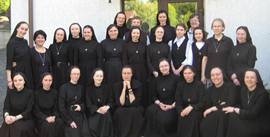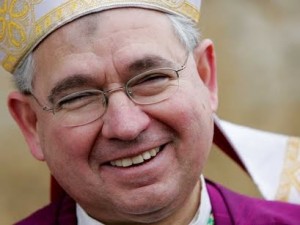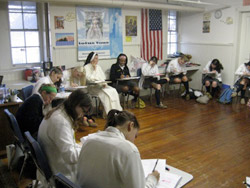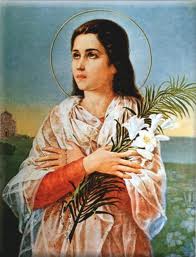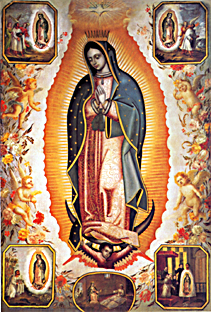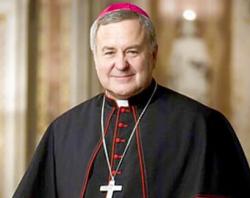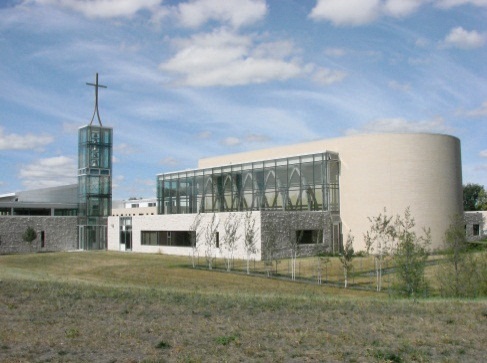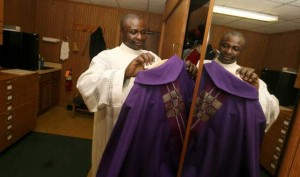 A three-year survey of women’s religious life in the United States has concluded with the filing of a final report by the Vatican-appointed apostolic visitator, Mother Mary Clare Millea. “Although there are concerns in religious life that warrant support and attention, the enduring reality is one of fidelity, joy and hope,” Mother Millea said in a Jan. 9 release announcing the submission of her findings to the Vatican’s Congregation for Institutes of Consecrated Life and Societies of Apostolic Life. Along with her comprehensive report on women’s religious communities, Mother Millea is presenting individual reports on nearly 400 religious institutes to the congregation’s secretary, Archbishop Joseph Tobin.
A three-year survey of women’s religious life in the United States has concluded with the filing of a final report by the Vatican-appointed apostolic visitator, Mother Mary Clare Millea. “Although there are concerns in religious life that warrant support and attention, the enduring reality is one of fidelity, joy and hope,” Mother Millea said in a Jan. 9 release announcing the submission of her findings to the Vatican’s Congregation for Institutes of Consecrated Life and Societies of Apostolic Life. Along with her comprehensive report on women’s religious communities, Mother Millea is presenting individual reports on nearly 400 religious institutes to the congregation’s secretary, Archbishop Joseph Tobin.
These reports are likely to be completed by the spring of 2012. Cardinal Franc Rodé, the congregation’s former prefect, began the visitation in December 2008 to “look into the quality of life” of communities nationwide. Mother Millea, who is the superior general of the Apostles of the Sacred Heart of Jesus and hails from the U.S., oversaw the process and conducted much of the research. Her review of women’s religious institutes spanned 2009 and 2010, with a further year dedicated to compiling and summarizing the findings. Its first three stages involve meetings, questionnaires and other communications, along with visits to around a quarter of the groups nationwide.
The Congregation for Institutes of Consecrated Life and Societies of Apostolic Life has not yet set a date to announce its own conclusions from the report. But Mother Millea said the apostolic visitation had “generated widespread interest” and was already reaping “tangible benefits” in the U.S. Church. “The attention to it has resulted in a renewed appreciation for the role of religious in the Church and society and has increased dialogue and mutual awareness among the various communities in the United States,” she noted. Not all of the attention drawn by the visitation was positive, as some communities challenged its mandate and opted not to provide requested information.
However, Mother Millea called the three-year process “demanding, but equally refreshing,” a reminder of religious orders’ “history and vital
role in the Church in the United States.” She said after submitting her report to the Vatican congregation, “As I learned of and observed firsthand the perseverance of the religious in the United States in their vocations, in their ministries and in their faith … I have been both inspired and humbled.”
